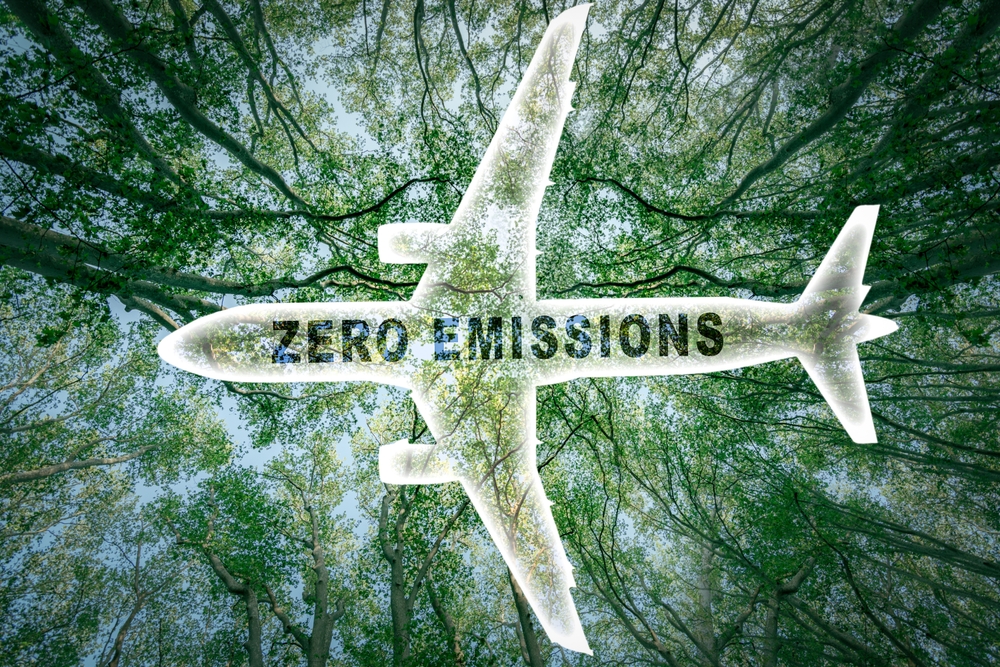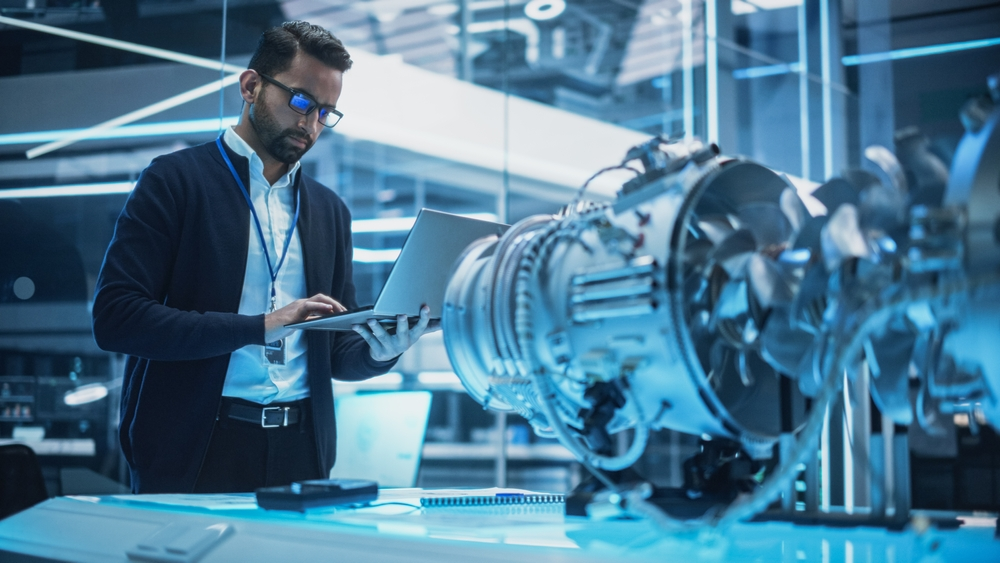The evolution of aviation technology has always been a marker of human progress, and the future holds unprecedented possibilities. With groundbreaking advancements in sustainable fuels, electric propulsion, and artificial intelligence, aircraft development is poised to redefine global connectivity, environmental responsibility, and economic growth. This article delves into the transformative potential of future aircraft innovations and their impact on the world.
The Shift Toward Sustainable Aviation
Environmental concerns have pushed the aviation industry toward sustainable solutions. Aircraft manufacturers are actively investing in alternative fuels like biofuels and synthetic fuels. These innovations promise to drastically reduce carbon emissions while maintaining performance. Additionally, the rise of electric and hybrid-electric aircraft heralds a new era of eco-friendly travel, with models such as Alice by Eviation showcasing the feasibility of zero-emission flights for short-haul journeys.

As technology advances, larger electric planes may become viable, transforming regional air travel. Coupled with sustainable aviation fuel (SAF) for long-haul routes, this shift could dramatically lower the carbon footprint of the industry. Airlines, governments, and researchers are working collaboratively to accelerate the adoption of these technologies, ensuring the aviation sector becomes a leader in combating climate change.
Urban Air Mobility and the Rise of eVTOLs
The future of aviation isn’t confined to conventional aircraft. Electric Vertical Take-Off and Landing (eVTOL) vehicles are emerging as key players in urban air mobility (UAM). These innovative aircraft promise to alleviate congestion in cities, providing faster and more efficient transport for passengers and goods.
Companies like Joby Aviation, Lilium, and Archer are leading the charge in this sector, with eVTOL prototypes undergoing rigorous testing. These vehicles are envisioned as an integral part of future cityscapes, connecting urban hubs to suburban and rural areas seamlessly.
AI and Autonomous Systems in Aircraft
Artificial intelligence (AI) is transforming the aviation landscape by enhancing safety, efficiency, and passenger experiences. AI-driven systems are being developed for predictive maintenance, ensuring aircraft remain in optimal condition by identifying potential issues before they escalate.

Moreover, autonomous systems are paving the way for pilotless commercial flights, which could reduce human error and operational costs. Future model airplanes may incorporate advanced AI navigation systems, enabling them to operate more safely in complex environments.
Supersonic and Hypersonic Travel
As technology progresses, the dream of supersonic and hypersonic commercial flights is inching closer to reality. Companies like Boom Supersonic are developing aircraft capable of flying at speeds exceeding Mach 2. This leap in speed could cut international travel times in half, making the world feel smaller and more interconnected.
Hypersonic technology, which involves speeds above Mach 5, is also being explored for both commercial and military applications. While significant challenges remain, including noise, heat management, and cost, the potential for rapid global travel could redefine long-haul journeys and revolutionize the aviation industry.
The Economic and Social Implications
The future of aircraft development extends beyond technology; it has profound economic and social ramifications. Cheaper, faster, and more sustainable travel will make air transportation accessible to a broader audience. Developing nations stand to benefit significantly as improved connectivity fosters economic growth, education, and cultural exchange.
Industries reliant on aviation, such as tourism, trade, and logistics, will thrive in this new era of efficiency. The introduction of aircraft models with longer ranges and lower operational costs will enable businesses to expand their global reach while minimizing environmental impact.
Challenges to Overcome
While the future looks promising, significant challenges remain. Infrastructure upgrades are critical to accommodating new technologies like eVTOLs and autonomous aircraft. Regulatory bodies must establish safety standards and guidelines to ensure smooth integration into existing airspaces.
Public acceptance of new technologies, particularly pilotless flights, will also require education and trust-building measures. Additionally, scaling sustainable aviation solutions, such as biofuels and electric propulsion systems, to meet global demand will require substantial investment and time.
Looking Ahead
The future of aircraft development promises a world where air travel is safer, greener, and more accessible than ever. From cutting-edge aircraft models to urban air mobility solutions like eVTOLs, the aviation industry is on the cusp of a revolution that will reshape the way we connect with the world.
As innovation continues to push boundaries, the skies of tomorrow hold endless possibilities. Whether it’s through sustainable fuel breakthroughs, AI-driven advancements, or revolutionary transportation modes, the aviation industry is set to soar into a new era.
 Our Gateway to Insightful Blogging Exploring Ideas, Sharing Knowledge, Inspiring Minds
Our Gateway to Insightful Blogging Exploring Ideas, Sharing Knowledge, Inspiring Minds


